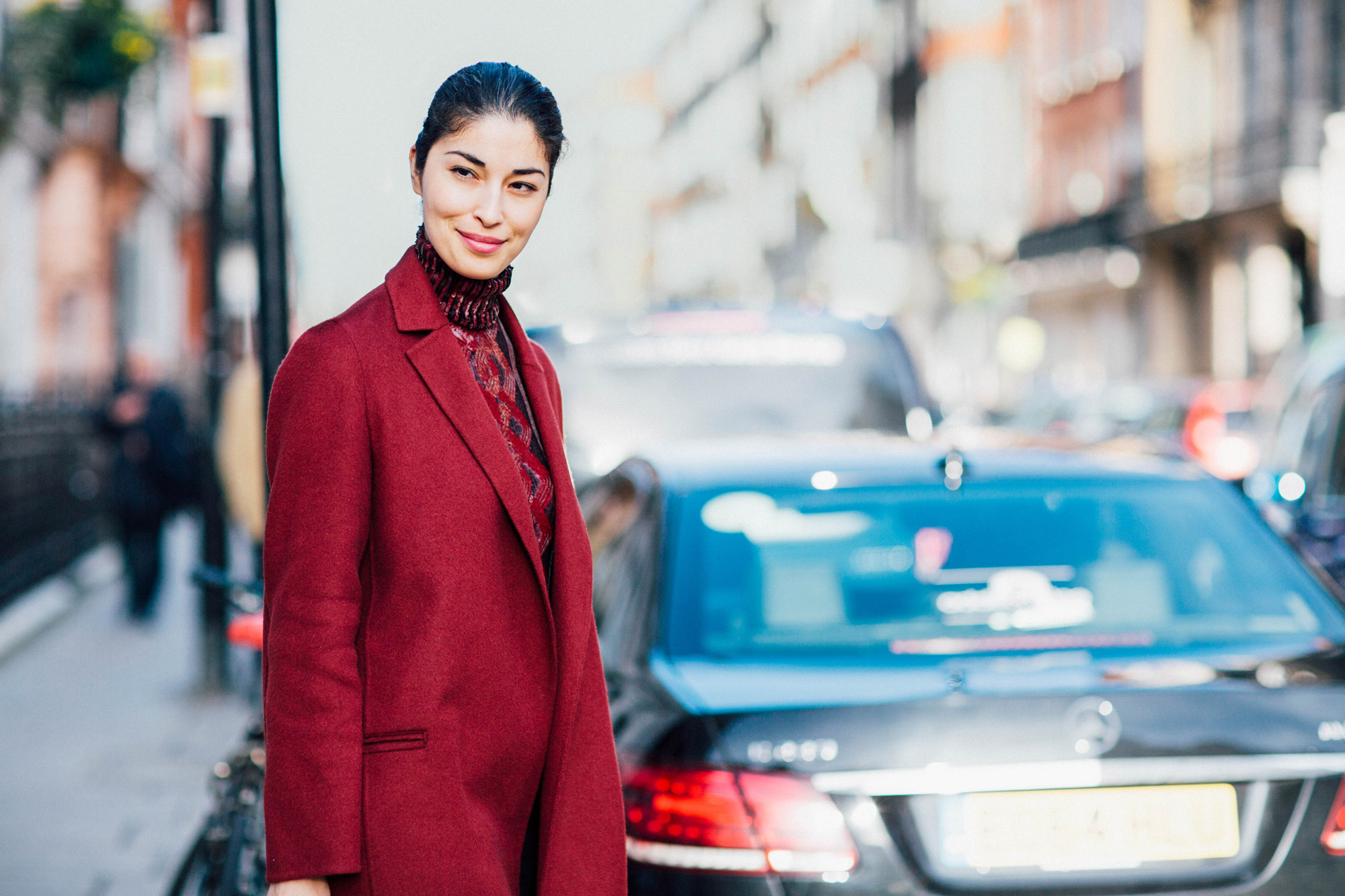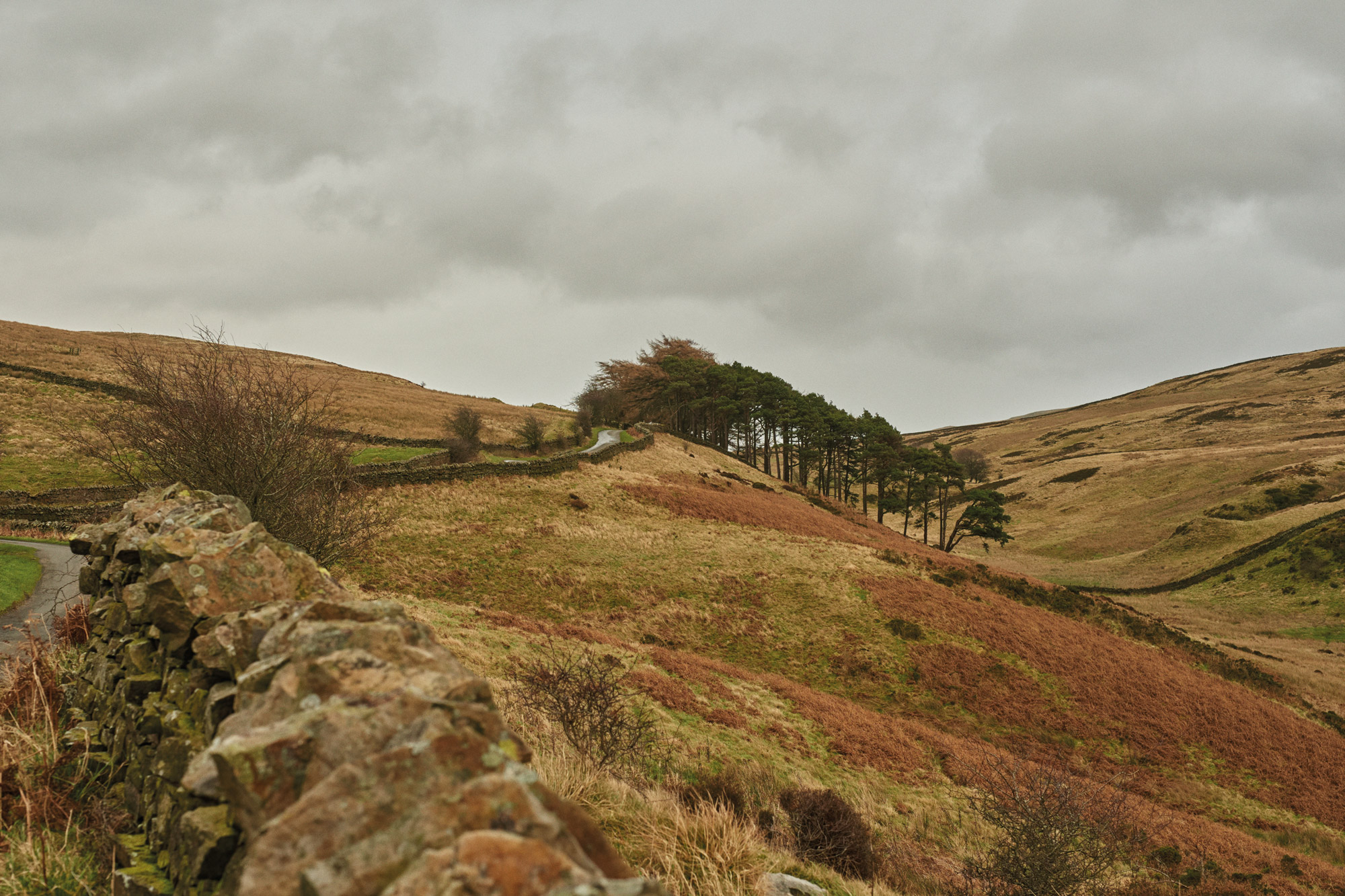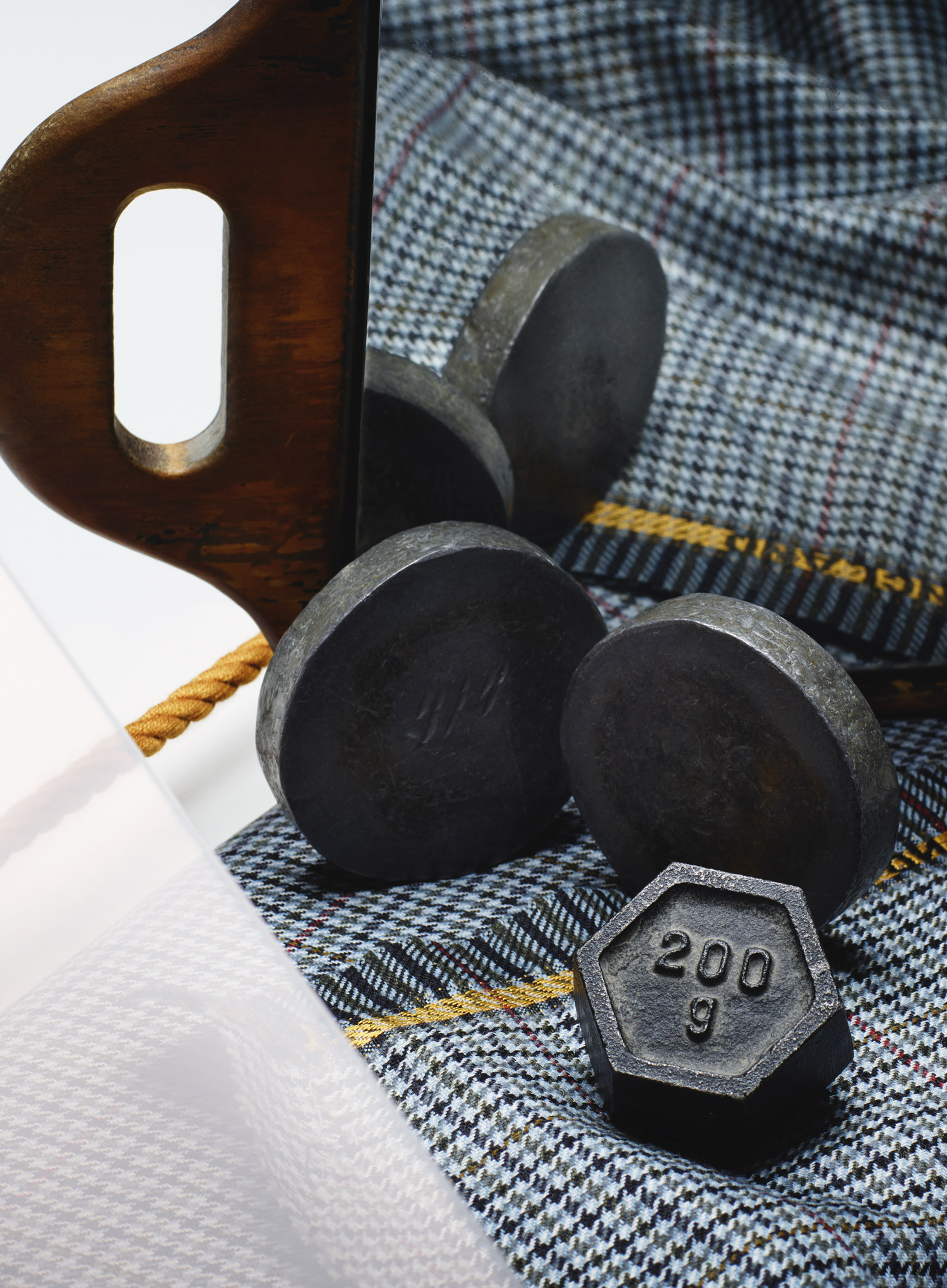Men’s fashion weeks are funny things. Firstly, they rarely last a week. Instead they tend to span three or four days, incorporating back-to-back fashion shows, presentations and cocktail parties, hosted by countless brands clamouring to fly their shirts, trousers and jackets above the menswear parapet.
What’s more, where women’s fashion weeks come injected with all the drama and fabulousness you’d expect, the men’s equivalents tend to exist as more sober affairs — populated by fewer birds of paradise, but full to bursting with more trussed-up peacocks than you can shake a tail feather at.
The Autumn Winter 2016 menswear collections, shown in London, Paris and Milan back in January were a case in point. Putting aside the fact that the shows kicked off a mere week after the Christmas break, which means all the editors and buyers tend to be a bit grumpy from the get go, the mood was rather more subdued than usual.
For my money, though, that wasn’t really a bad thing. In the world of menswear — a place where subtleties such as stitch details, fabric weights and tonal contrasts really matter — ‘subdued’ can actually translate to ‘confident’. The clothes on show felt wearable, grown up, less tricksy than in previous seasons and, in all, very wearable indeed.
The first stop on the menswear merry-go-round was London. Famously the slightly wonky corner of the fashion triumvirate, London Collections Men (as London men’s fashion week is known) consists of two very distinct factions. First there is the group of young, avant-garde designers led by the likes of Craig Green and Bobby Abley, who grab headlines with their envelope-pushing creations (think baseball caps complete with Mickey Mouse ears and high-fashion dental dams). On the other hand, there are the tailors — London’s historic houses that, season after season produce modern, luxurious clothing to rival the stuff seen in Florence and Milan. It’s from these seasoned cutters, in my opinion, that the best clothing comes.
At Gieves & Hawkes Jason Basmajian showed his final collection for the label before his defection to Cerruti 1881. A sumptuous swan song, Basmajian’s collection riffed on themes set out in previous seasons. Though sharp tailoring with a modern shoulder and slim leg sits at the heart of Basmajian’s aesthetic, interest came in his clever use of texture. In addition to classic flannels and poplins, flecked wool crew necks, textured overcoats and spongy shearlings were dotted throughout.
The general mood in menswear right now is one that craves comfort and understatement. After a decade dominated by tie bars, double Windsors and fussy pocket squares, subdued elegance is the order of the day. This was as palpable in Basmajian’s collection as it was in Carlo Brandelli’s for Kilgour. Famed for his academic approach to tailoring, Brandelli showed suits that featured conceptual lapels — inverted and shawl — cut from fabrics more commonly associated with casual wear, such as jersey and perforated suede.

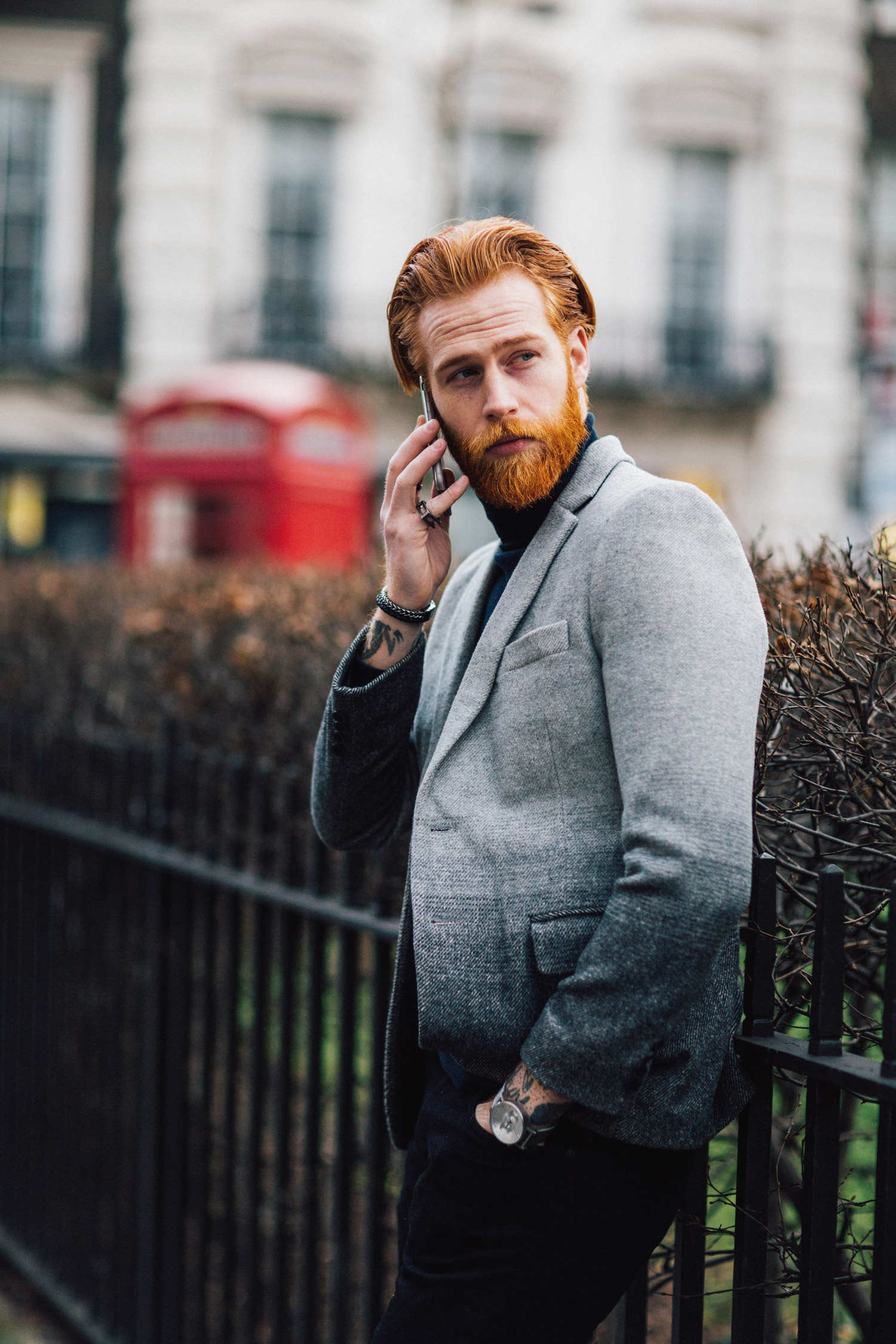
Similarly, dotted among the perfectly cut double and single-breasted suits at Dunhill, it was (departing) creative director John Ray’s more casual pieces that really stood out. Tactile leather bombers and trenches were teamed with layered knitwear in tonal shades, while shearling coats in burgundy and charcoal looked indecently comfortable. It was the slightly bookish looks, which closed the show that really captured the mood, however. Oversized pin-cord trousers looked chic and timeless, while cable-knit crew-necks worn beneath soft-shouldered blazers had something of the Bloomsbury Group about them — a threadbare timeliness that looked expensive without feeling showy. Patrick Grant’s collection for E Tautz had a similar effect. Oversized trousers finished with many pleats were worn with collarless shirts and loosely tied scarves, providing just the right amount of fop.
At Burberry, Christopher Bailey took the sports lux (or should that be athleisure?) vibe to heady new heights. Suits and tailored coats were teamed with zip up nylon track tops — the kind that the Gallagher brothers used to wear — while brightly coloured sneakers stormed the runway.
To Milan, where Stefano Pilati kicked off proceedings with an exemplary collection for Ermenegildo Zegna Couture — his last for the Milanese tailoring powerhouse: It was here that Pilati inducted one of the most interesting trends of the season. Though this show was certainly notable for its beautifully cut, many-pleated trousers (a Pilati specialty); soft-shouldered jackets and a distinct lack of ties, it was the embellished pieces which caught my attention. Intricately knitted jumpers were piled high with Elizabethan-style jewel motifs, arranged in geometric patterns, while beautifully subtle jacquard fabrics were used for tailored overcoats, trousers and jackets.
The magpie in me sought out similar embellishments at other shows. At Prada, Miuccia commissioned a series of prints by artist Christophe Chemin, which adorned shirts and patches loosely stitched to jackets. At Gucci, Alessandro Michele’s brave new approach at the brand that once prided itself on a decadent sex appeal, was to adorn all his clothes with intricate embroidery — beautifully stitched kissing carps on double breasted gingham blazers, floral motifs on chess board tracksuits and dagger-skewered hearts on sky blue single breasted suits. At Dolce & Gabbana, the boys sent out suits, pyjamas and Canadian tuxedos adorned with applique floral and Wild West-inspired motifs.
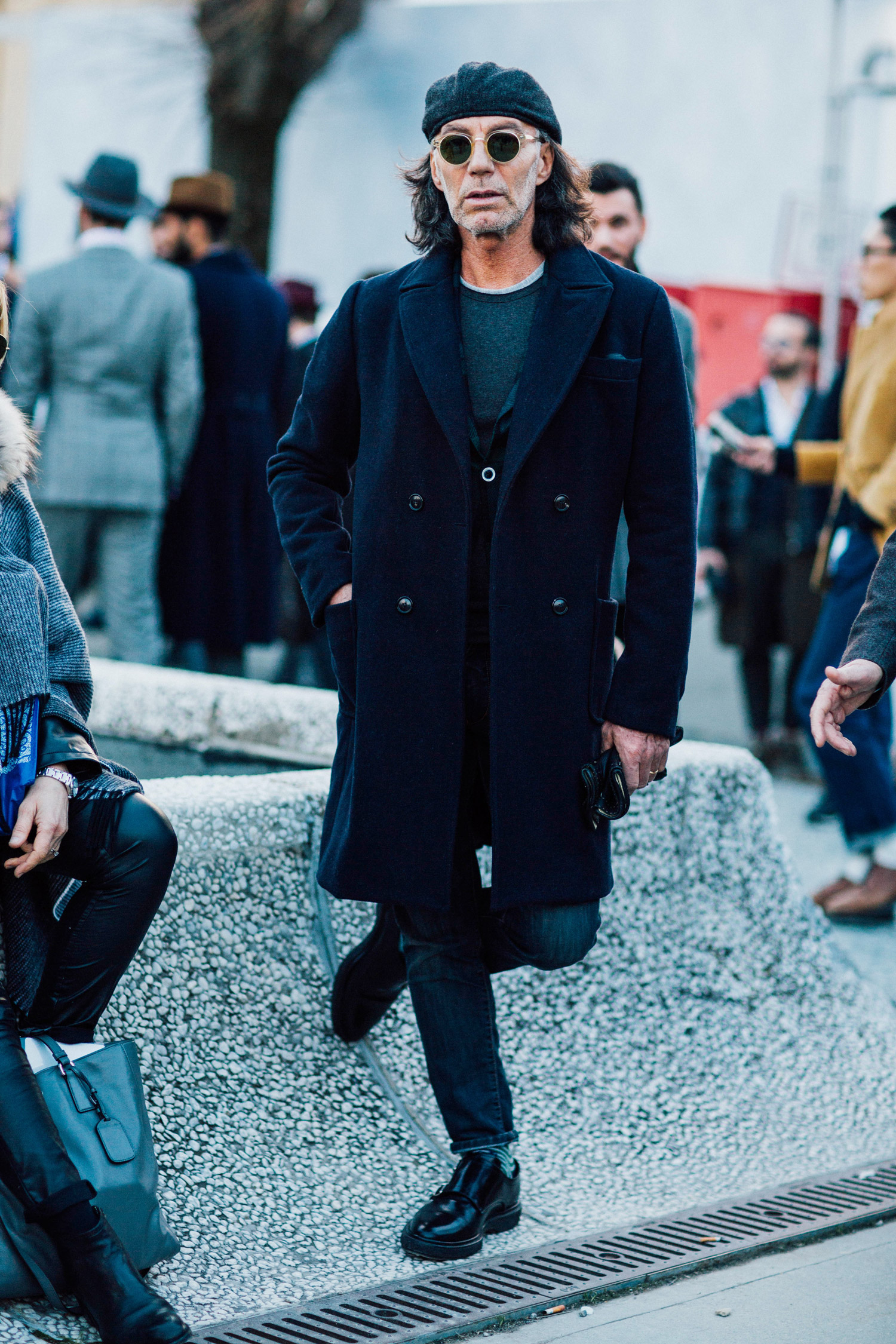

Needless to say, the slouchy mood set in London carried through at Giorgio Armani, where the king of soft tailoring lived up to his title. Oversized cashmere, vicuna and shearling overcoats in shades of charcoal and midnight blue oozed down the runways, while collarless shirts and embroidered sweaters were worn with pleated trousers and blanket-esque overcoats.
The soft aesthetic could be found at Bottega Veneta, too, where the crown prince of slouch, Tomas Maier, produced another truly desirable collection. Shearling jackets with laundry bag-plaid patches came worn with muted crew neck jumpers and jaunty neck scarves. Trousers were wide, yet sharply cut from thick wool, and soft blazers and oversized boucle overcoats had an appeal all Bottega’s own.
“In these clothes — this modern attire, where uniqueness is valued as highly as ease of wear — men are encouraged to dress with elegance ”
The final stop on my magical menswear tour was in Paris. Famed for serving up a meaty slab of ‘chic’ season after season, the Parisian powerhouses didn’t disappoint at the AW16 shows. First up, Louis Vuitton, where British designer Kim Jones took the French capital as the germ of inspiration for his 10th collection for the historic brand. Scribbly Cocteau prints adorned silk shirts and the silhouette was rakish and identifiably Parisian — there were even a few berets thrown in for good measure. At Dior Homme, the other LVMH menswear megabrand, Belgian creative director Kris van Assche sent out a collection built around an equally raffish silhouette — though this time the suits looked less mid century Paris and more 1970s Dussledorf.Super slim, invariably black (with the occasional slash of scarlet) and embellished with punky metal detailing, Van Assche once again set out Dior Homme’s stall as the global purveyor of the ultimate skinny-fit suit.
This was a season of change. In addition to Basmajian’s departure from Gieves & Hawkes, John Ray leaving Dunhill and Pilati’s exit from Zegna, Alessandro Sartori — the talented Italian designer who started Parisian Bottier Berluti’s celebrated ready-to-wear line — is also on the move. Thought Sartori’s departure hadn’t yet been announced on the night of the show, his AW16 collection was perhaps his best for the brand yet and, in retrospect, summed up his Berluti tenure with characteristic elegance. Inspired by the landscape of Marfa in Texas, the desert-hued collection was an exemplary synthesis of the season’s soft silhouette (each of the round-shouldered suit jackets were worn with dusty V-neck jumpers and scarves) and the brand’s sartorially rooted sensibility. Each piece in the collection looked as if it had been cut to fit the model that was wearing it, a surprisingly rare occurrence.
Back from Paris a stone heavier and short of around 138 hours of sleep, it took me a while to form an opinion on what I’d seen in the fashion capitals of Europe. Though the mood was sombre and news of departures dominated, I don’t think I’ve ever ended the gamut wanting to wear so much of the clothing on show. Not only did the deconstructed, sports-inspired tailoring that dominated look comfortable and impeccably crafted, it really felt as though the designers were in tune with the way men want to dress now. In these clothes — this modern attire, where uniqueness is valued as highly as ease of wear — men are encouraged to dress with elegance, to feel comfortable and to embrace individuality, and what could be better than that?

